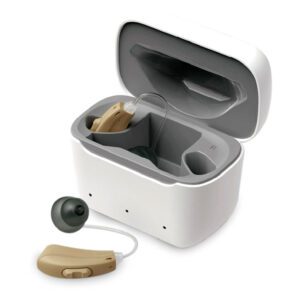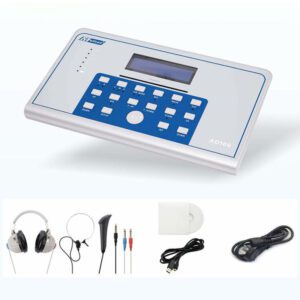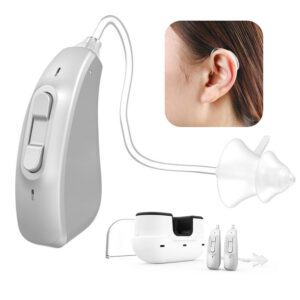
hearing Loss afflicts millions of people around the globe, significantly impacting their ability to communicate and engage with the world. Fortunately, hearing Aids have been a crucial solution to address this challenge, and the development of advanced hearing aid chip technology has revolutionized the industry. In this article, we will explore the latest advancements in hearing aid chip technology, highlighting their key features, benefits, and the positive impact they have on individuals with hearing loss.
Miniaturization and Power Efficiency:
One noteworthy advancement in hearing aid chip technology is the remarkable miniaturization of chips. Manufacturers have successfully reduced the chips’ size while maintaining or improving their performance. This miniaturization allows for smaller, more discreet hearing Aids, offering enhanced comfort and aesthetics for users. Additionally, these smaller chips have led to significant improvements in power efficiency, extending battery life and reducing the frequency of battery replacements.
Digital Signal Processing (DSP):
Digital signal processing is a fundamental feature of modern hearing aid chips. These chips can analyze and manipulate sound signals with exceptional precision and speed. DSP algorithms enable sophisticated noise reduction, feedback cancellation, and directional microphone capabilities. This results in improved speech intelligibility, enhanced listening experiences in noisy environments, and reduced feedback or whistling issues.
Wireless Connectivity:
The integration of wireless connectivity into hearing aid chips has opened up new possibilities for users. Bluetooth technology, for instance, enables seamless connectivity with smartphones, televisions, and other audio devices. This allows individuals to stream phone calls, music, and other audio content directly to their hearing aids, enhancing their overall connectivity and accessibility.
Environmental Adaptation:
Hearing aid chips now possess the ability to detect and adapt to various sound environments automatically. They can differentiate between quiet conversations, and noisy social gatherings, and even identify specific sound sources, such as music or speech. This adaptive functionality ensures that users receive optimal amplification settings in different listening situations, improving speech understanding and overall comfort.
The advancements in hearing aid chip technology have significantly transformed the landscape of hearing assistance devices. With miniaturization, power efficiency, digital signal processing, wireless connectivity, and machine learning capabilities, modern hearing aids provide users with enhanced sound quality, improved speech intelligibility, and greater customization.
These technological innovations empower individuals with hearing loss to actively engage with the world and enjoy a higher quality of life. As technology continues to evolve, we can expect further breakthroughs in hearing aid chip technology, bringing even more benefits to those in need of auditory assistance.



